National parks preserve some of our planet’s most spectacular landscapes, offering unparalleled opportunities to experience natural wonders and wildlife. However, these popular destinations can present challenges, including crowds, limited accommodations, and sometimes confusing regulations that might diminish your experience without proper preparation.
Here is a list of 20 practical strategies that will enhance your national park visits. These strategies will help you maximize enjoyment while minimizing common frustrations, whether you’re planning your first park trip or your fiftieth.
Enter at Sunrise

Arriving at park entrance stations 30–45 minutes before official sunrise offers a transformative experience with minimal extra effort. You’ll encounter no entrance lines, secure prime parking at popular trailheads, and experience iconic viewpoints in magical morning light without crowds.
This strategy proves particularly effective at heavily visited parks like Yosemite, Grand Canyon, and Zion, where midday congestion can significantly diminish experiences at popular viewpoints. The dramatic lighting, increased wildlife activity, and peaceful atmosphere make early mornings unquestionably worth the alarm setting.
Purchase an Annual Pass

The America the Beautiful Pass ($80) covers entrance fees for all national parks and federal recreation lands for an entire year, paying for itself after visiting just three major parks. Available online or at any staffed entrance station, this pass covers everyone in your vehicle at per-vehicle fee sites, eliminating the need for individual transactions at each park.
For international visitors planning multi-park trips, this pass eliminates the frustration of different payment systems at each location while providing significant savings compared to individual entrance fees that now reach $30-35 at many popular parks.
Visit During Shoulder Seasons

Scheduling trips for May/early June or September/October instead of peak summer months delivers dramatically improved experiences with modest weather trade-offs. You’ll encounter significantly reduced crowds, find more accommodation availability, and experience more personal interactions with park rangers while still enjoying generally favorable conditions.
This approach proves especially valuable at desert parks like Arches and Canyonlands, where spring and fall deliver ideal temperatures compared to summer’s potentially dangerous heat, creating both safer and more comfortable exploring conditions.
Like Travel Pug’s content? Follow us on MSN.
Download Offline Maps

Mobile coverage remains notoriously unreliable throughout most national parks, making offline mapping essential for navigation. Before arrival, download your park’s area through Google Maps’ offline function, or better yet, use specialized apps like Gaia GPS or AllTrails Pro that provide detailed topographic information even without signal.
This preparation prevents the common problem of losing access to navigation exactly when you need it most in remote areas, ensuring you can confidently explore beyond developed areas without concern about maintaining cellular connections.
Pack Binoculars

Even inexpensive compact binoculars dramatically enhance wildlife viewing opportunities, turning distant shapes into memorable encounters. Wildlife typically maintains safe distances from park roads and trails, making optical magnification essential for meaningful observations.
This modest investment significantly improves your connection with park ecosystems, allowing appreciation of details from safe, non-disruptive distances whether watching bears in Yellowstone, mountain goats in Olympic, or birds anywhere. The enhanced experiences far outweigh the minimal space binoculars occupy in your daypack.
Stay Just Outside Park Boundaries
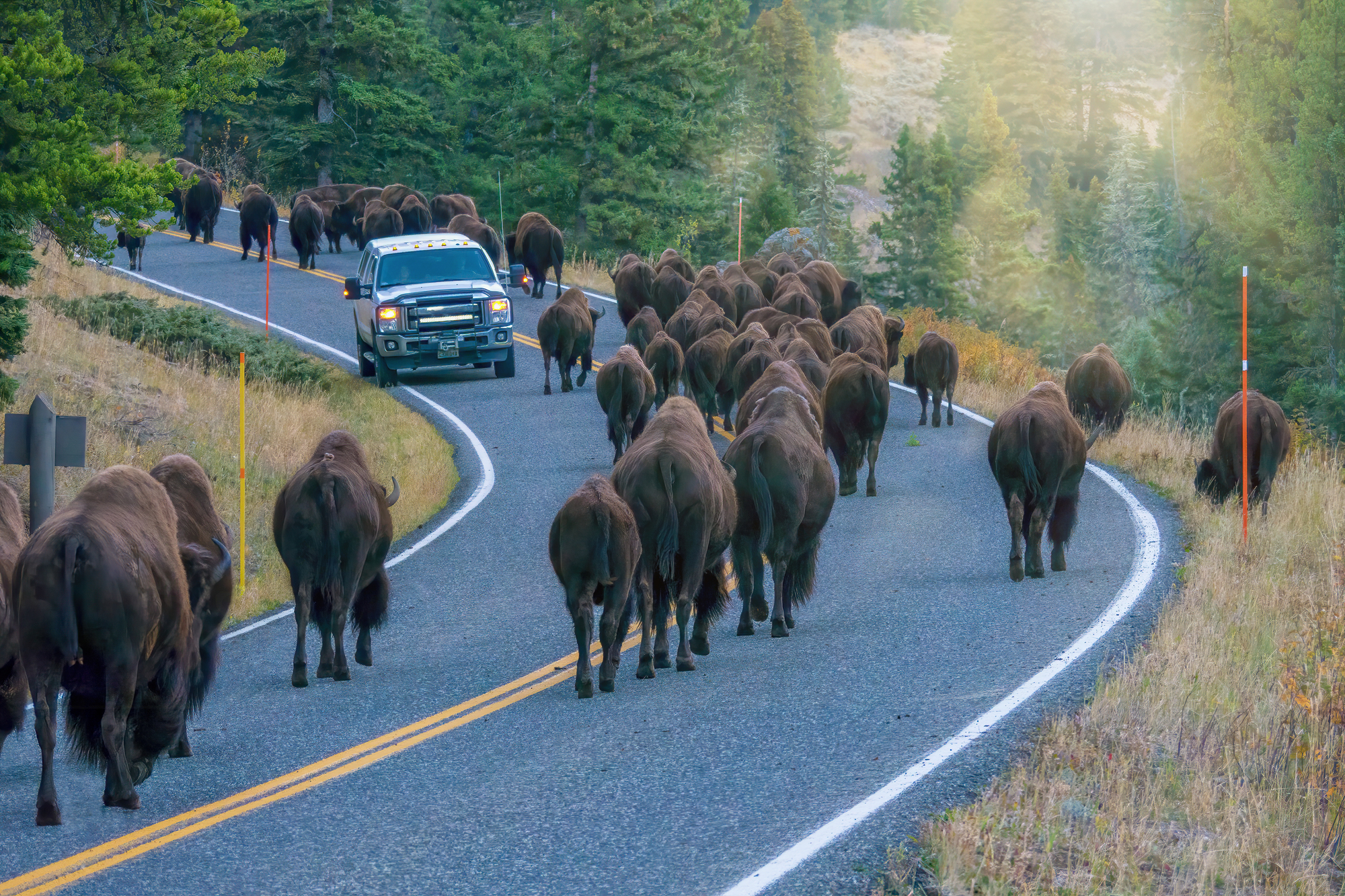
Gateway communities just outside popular parks often offer significantly better accommodation value than in-park options. Towns like West Yellowstone, Springdale (Zion), or Tusayan (Grand Canyon) provide more dining options, better amenities, and lower prices while typically adding only 15–30 minutes to your commute.
This approach often delivers superior overall experiences compared to the limited, expensive, and frequently dated accommodations available within park boundaries, particularly for families seeking more space or travelers preferring modern amenities unavailable in historic park lodges.
Like Travel Pug’s content? Follow us on MSN.
Bring a Reusable Water Bottle

Many parks have installed convenient water bottle filling stations throughout visitor centers and major trailheads, allowing free refills of cold, filtered water. This infrastructure reduces the need to purchase bottled water, saving both money and plastic waste.
A single quality insulated bottle keeps water cold throughout hot days, improving your hydration while eliminating the expense and environmental impact of purchasing multiple disposable bottles during your visit. This is particularly important in desert parks, where proper hydration proves essential for safety.
Research Lesser-Known Areas

While iconic viewpoints deserve their reputations, equally impressive alternatives often exist with a fraction of the visitation: research park websites and guidebooks for secondary attractions that receive less promotion but offer similar experiences. For example, Yellowstone’s Lamar Valley provides wildlife viewing comparable to the more famous Hayden Valley but with significantly fewer vehicles.
These alternatives often deliver more authentic park experiences where natural sounds replace visitor conversations, creating more meaningful connections with the landscapes these parks were established to protect.
Pack Proper Footwear
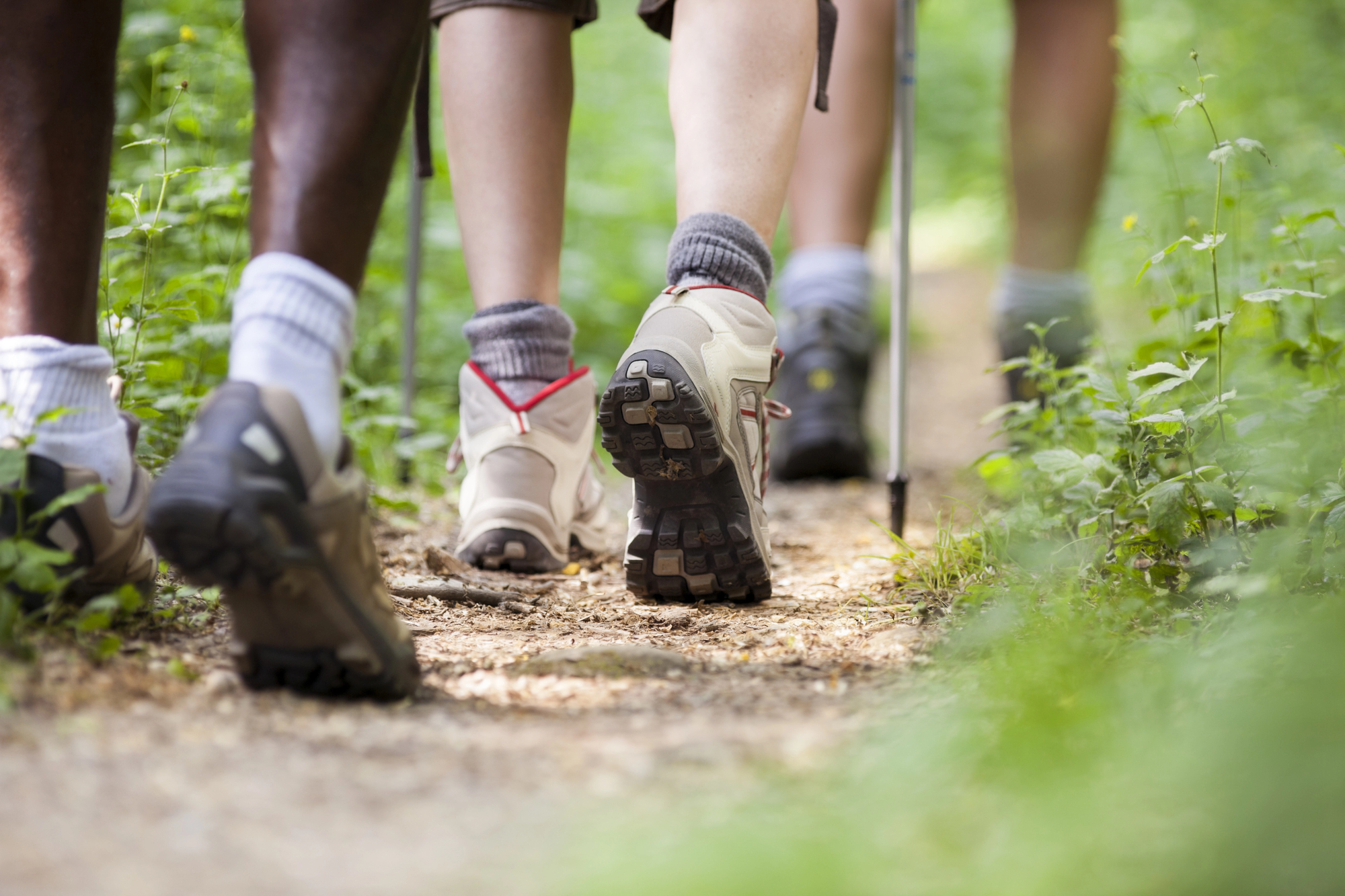
Inappropriate footwear causes more visitor problems than almost any other factor in national parks. Sturdy hiking shoes or boots with proper ankle support and traction prevent injuries on uneven terrain while protecting feet from sharp rocks, roots, and occasionally cactus spines, depending on your park choice.
Proper footwear transforms potentially uncomfortable experiences into enjoyable exploration, making this perhaps the single most important equipment consideration regardless of which parks you visit or what activities you plan during your stay.
Like Travel Pug’s content? Follow us on MSN.
Use Park Shuttles
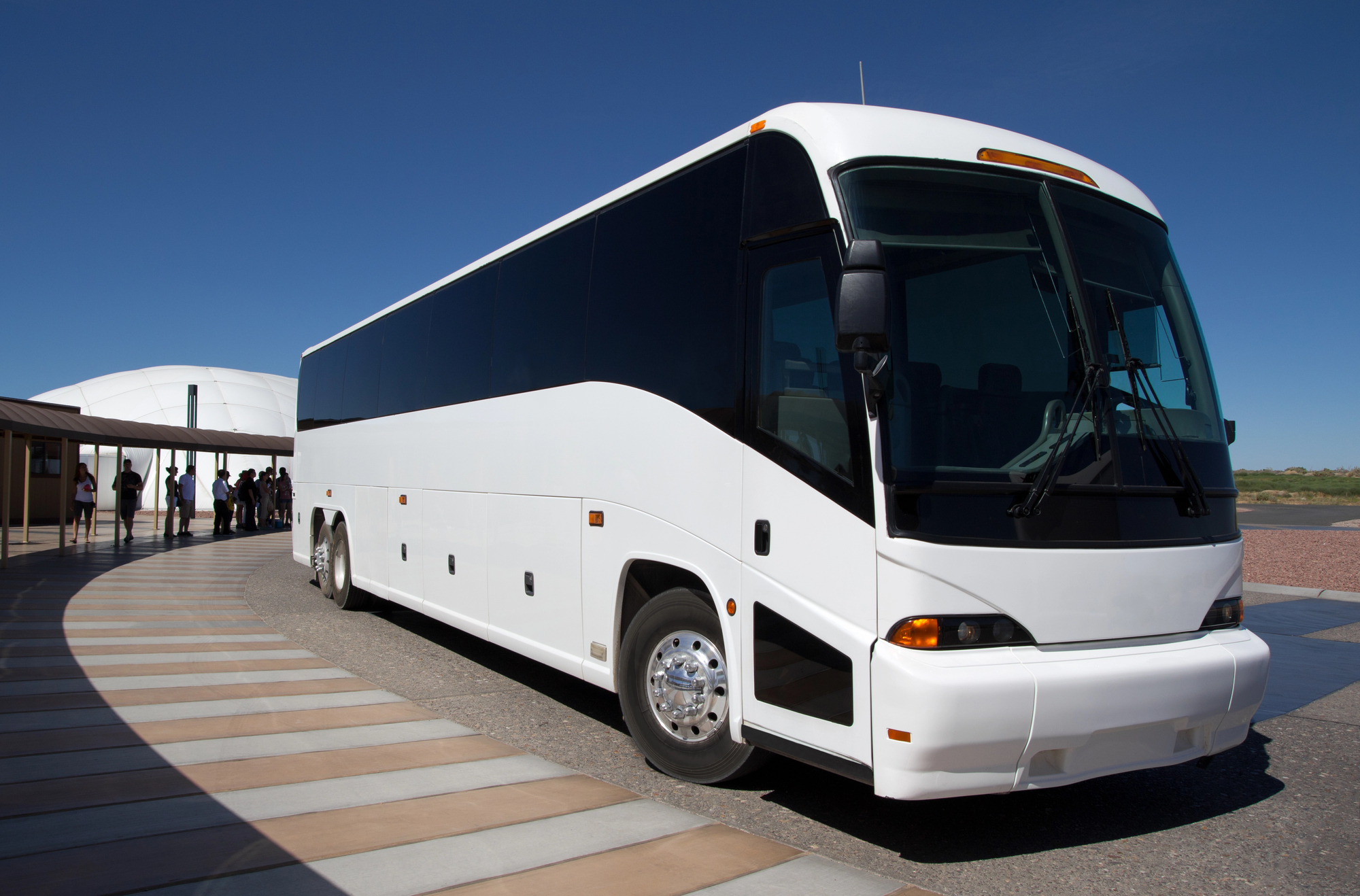
Mandatory shuttle systems in parks like Zion, Yosemite Valley, and Bryce Canyon eliminate parking stress while reducing environmental impact. Rather than viewing these systems as inconveniences, embrace their advantages: freedom from parking concerns, the ability to enjoy scenery during transit, and the flexibility to exit at multiple points without worrying about retrieving your vehicle.
By arranging your day around shuttle operations rather than fighting them, you’ll experience more relaxed, environmentally responsible park exploration while avoiding the frustration of driving in circles seeking increasingly scarce parking spaces during peak visitation.
Make Advance Reservations

With increasing visitation pressures, many parks now require timed entry reservations or implement permit systems for popular trails. Research these requirements months before your visit, as popular options like Yosemite’s Half Dome cables, Zion’s Angels Landing, and Rocky Mountain’s timed entry permits disappear within minutes of release.
Understanding when these reservation windows open (typically 3–6 months in advance) ensures you won’t confront disappointing closed gates or access restrictions upon arrival after traveling considerable distances to visit these increasingly managed destinations.
Bring Layers Regardless of Season

Mountain environments create notoriously variable conditions where temperature fluctuations of 30–40 degrees within 24 hours occur regularly. Pack appropriate clothing layers allowing adaptation to changing conditions, including unexpected rain showers common in mountain environments, even during forecasted clear weather.
Lightweight rain jackets, convertible hiking pants, and compact insulating layers occupy minimal space while preventing minor weather changes from derailing your experience. This is particularly important when exploring areas where returning to your vehicle might require several hours of hiking, regardless of conditions.
Like Travel Pug’s content? Follow us on MSN.
Take Junior Ranger Programs Seriously
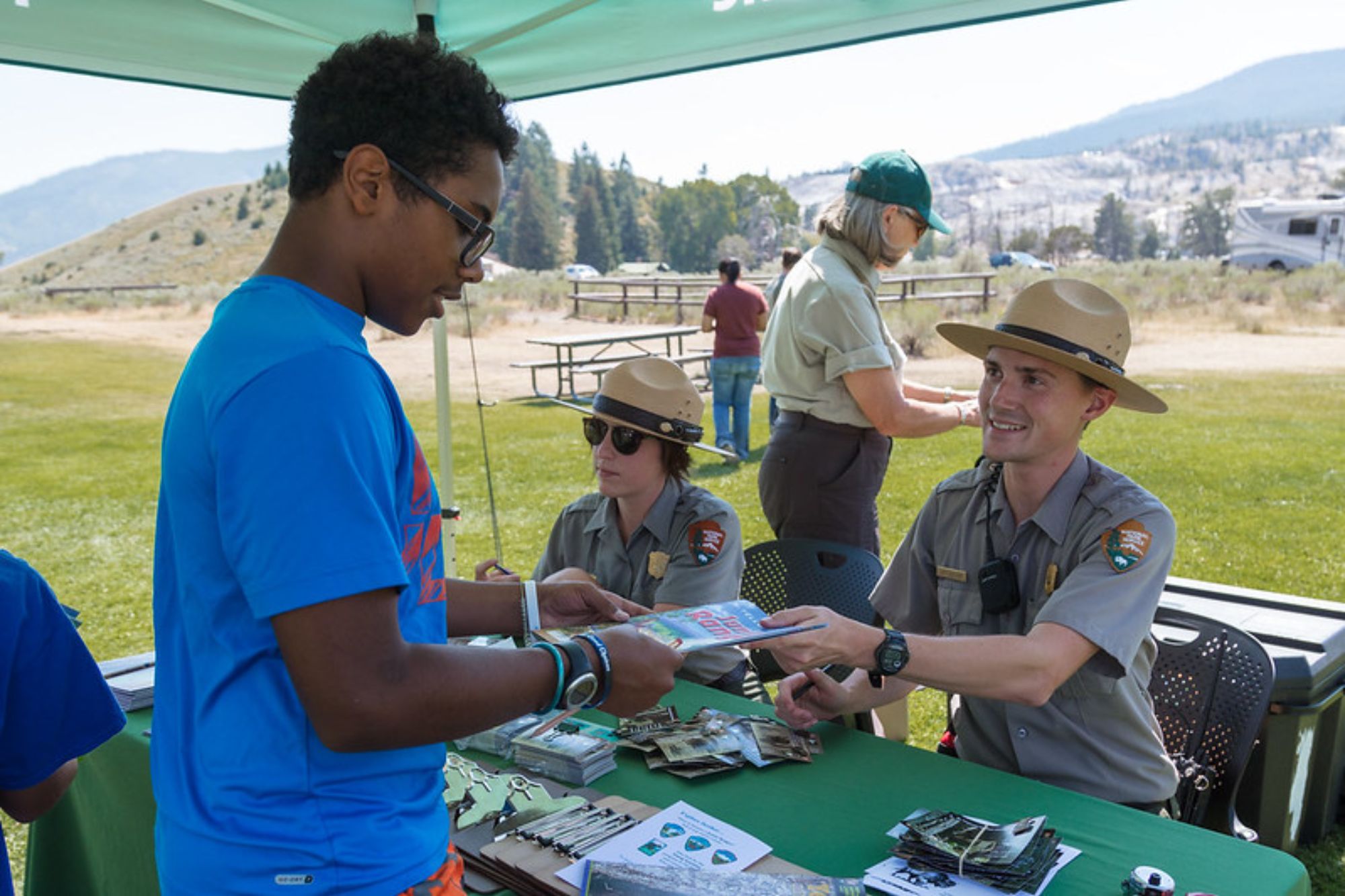
While designed primarily for children, Junior Ranger activities create excellent park orientation for visitors of all ages. The activity booklets emphasize different aspects of each park’s significance, highlighting features you might otherwise overlook while developing a deeper understanding of each park’s unique characteristics.
Many adults complete these programs alongside their children, finding that the structured activities enhance their appreciation for subtle park features beyond scenic overlooks. Rangers genuinely appreciate adults showing interest rather than viewing these excellent interpretive materials as exclusively child-oriented resources.
Explore After Dinner
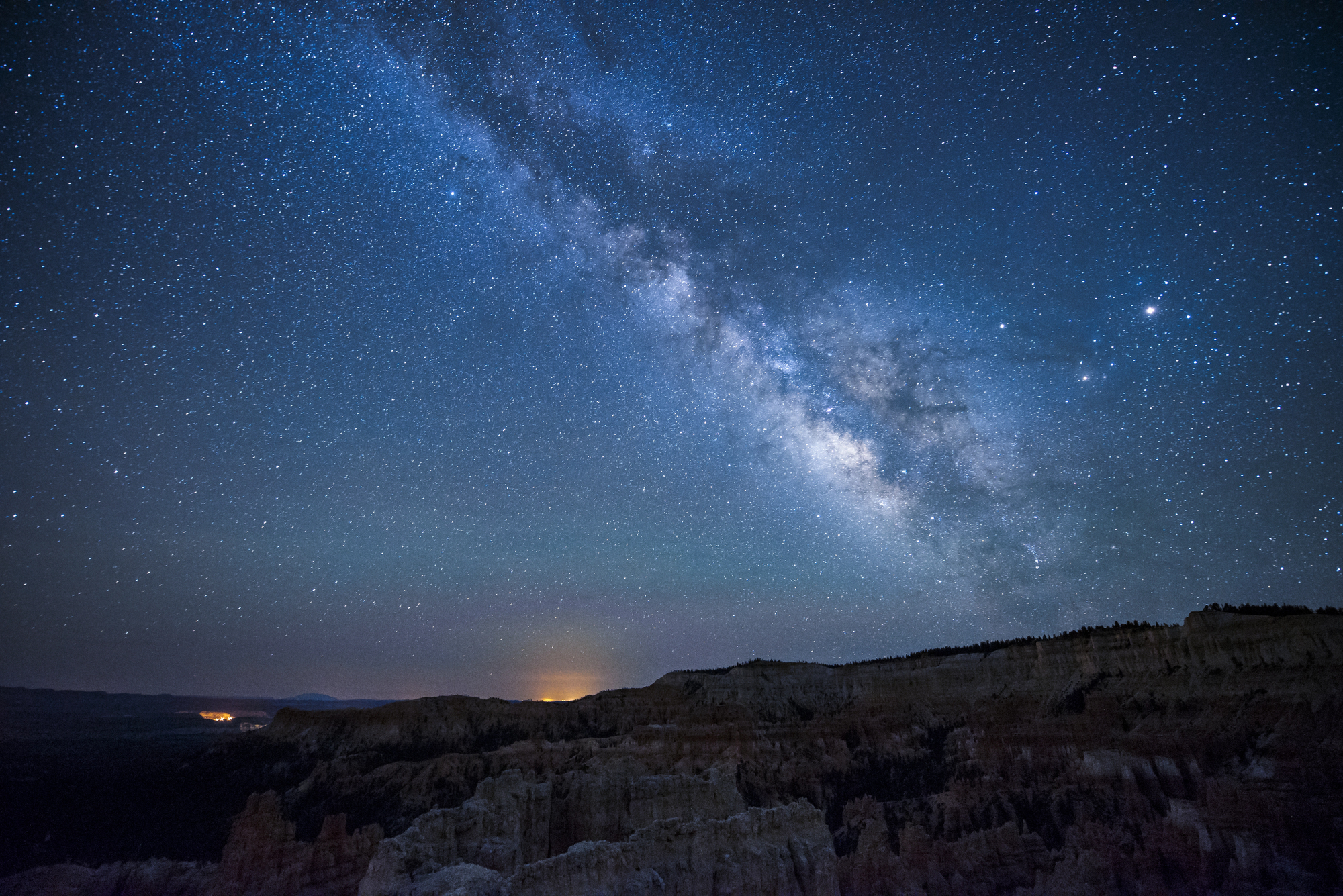
Return to popular viewpoints or short trails after dinner (7–8 PM) to experience dramatically different atmospheres compared to midday visits. Evening light creates photography opportunities impossible earlier in the day, wildlife activity increases, and crowds dissipate as most visitors return to their accommodations.
This approach effectively gives you two distinct experiences of the same location within one day, maximizing the value of your visit while creating quieter, more contemplative opportunities to connect with park resources after the departure of day-trippers and tour groups.
Join Ranger Programs
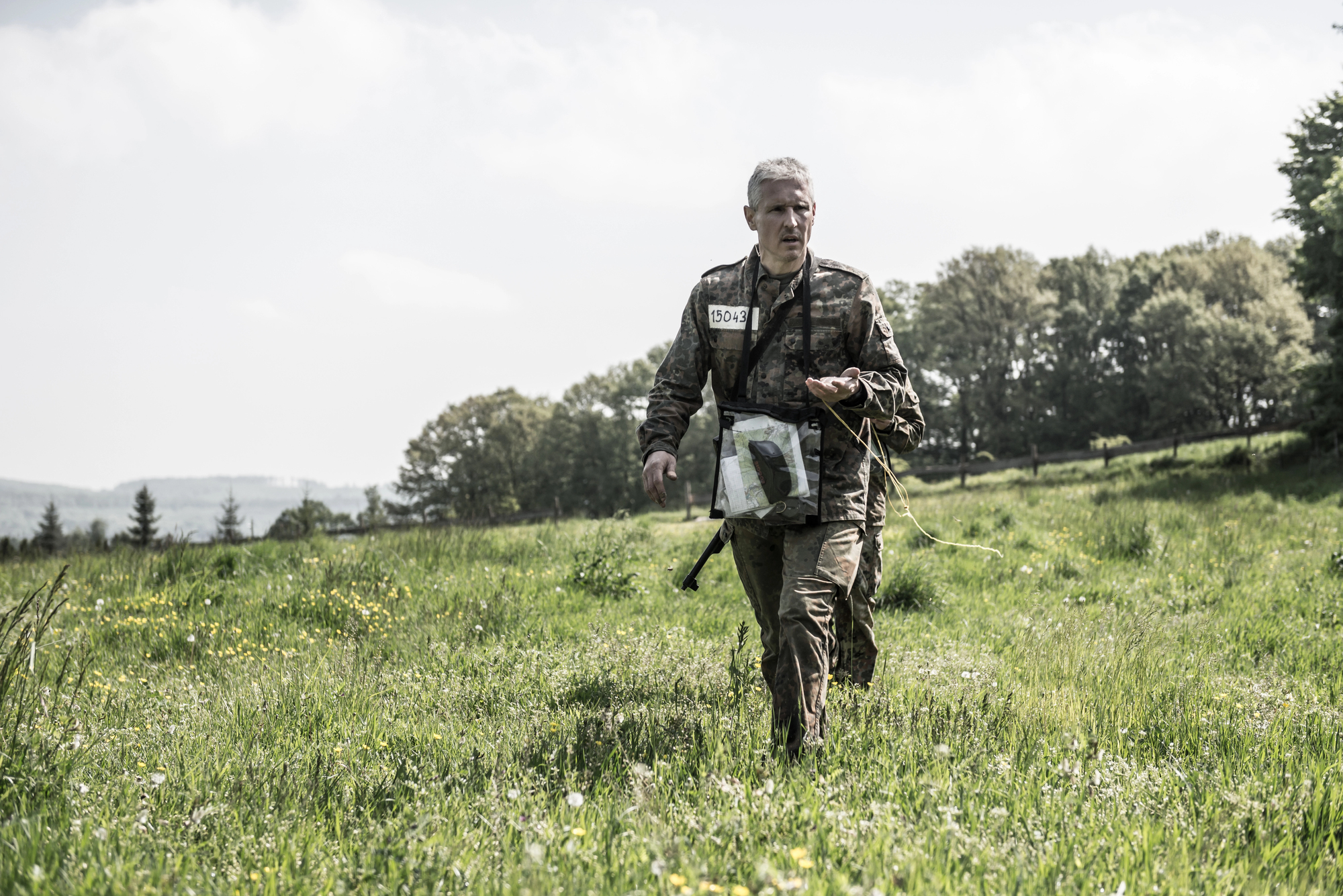
Free ranger-led activities provide insights impossible to gain through independent exploration, delivered by passionate experts intimately familiar with park resources. These programs transform seemingly ordinary landscapes by revealing hidden ecological connections, historical context, and management challenges through engaging storytelling rather than dry recitation of facts.
Check visitor center program boards each morning, as offerings change daily and typically require no advance registration, providing flexible, expert-guided experiences that adapt to your schedule rather than requiring advance commitment.
Like Travel Pug’s content? Follow us on MSN.
Bring Physical Maps

Despite digital convenience, traditional park brochure maps remain essential tools, less susceptible to technology failures. Available for free at entrance stations or visitor centers, these well-designed resources provide overviews impossible to appreciate on small screens.
They allow better trip planning while functioning regardless of battery life or signal strength. The tangible nature of physical maps creates better spatial awareness than digital alternatives, helping you understand relationships between different park features while providing reliable backup navigation when electronics inevitably experience issues in remote environments.
Pack High-Calorie Snacks

Active days in parks burn significantly more calories than typical daily activities, creating energy deficits that can diminish experiences without proper refueling. Trail mix, energy bars, and other calorie-dense, non-perishable foods prevent the fatigue, irritability, and reduced enjoyment resulting from inadequate nutrition during active days.
Having accessible snacks eliminates the need to return to developed areas for meals, allowing continuous exploration while maintaining energy levels throughout full days of hiking, particularly important in larger parks where dining options may be limited to specific developed areas separated by considerable distances.
Research Wildlife Safety Beforehand
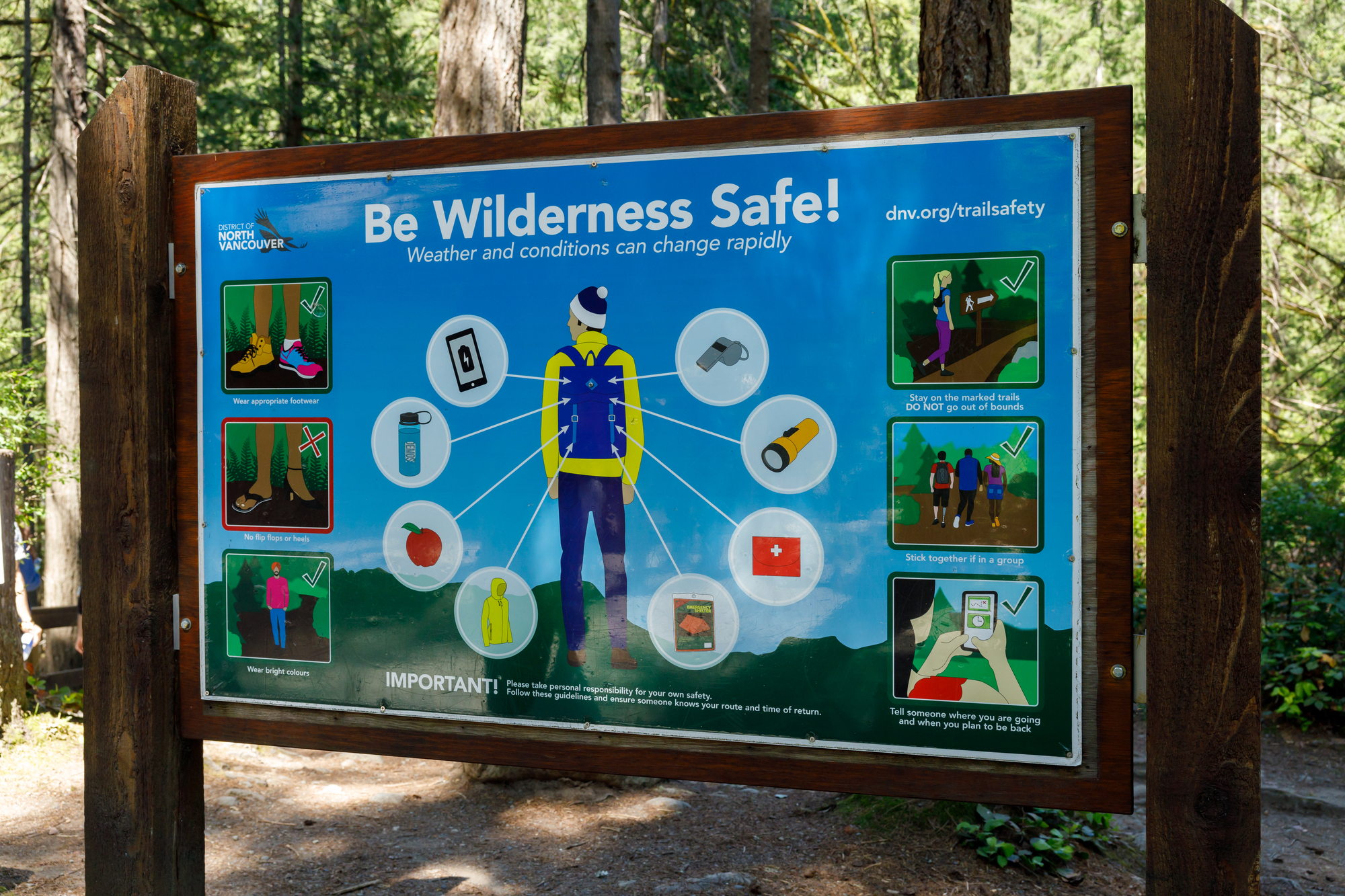
Each park ecosystem presents specific wildlife considerations requiring different appropriate responses. Understanding proper behavior for potential wildlife encounters in your specific destination prevents dangerous mistakes resulting from generalizing rules between different environments.
For example, proper responses to bear encounters differ significantly between parks hosting grizzlies versus only black bears. In contrast, desert parks present entirely different wildlife considerations, focusing on venomous species awareness rather than large mammal protocols prevalent in mountain environments.
Like Travel Pug’s content? Follow us on MSN.
Bring Polarized Sunglasses

Beyond basic sun protection, polarized lenses dramatically enhance landscape appreciation by reducing glare from water, snow, and rock surfaces. The enhanced contrast reveals details otherwise lost in bright reflections, which are particularly valuable when viewing water features or during winter visits.
This modest investment transforms visual experiences throughout your trip, allowing appreciation of subtle color variations and textures frequently obscured by glare, which are especially important in environments featuring water elements like glaciers, the Olympics, or Acadia National Park.
Visit Visitor Centers First

Unlike typical tourist information centers, national park visitor centers feature museum-quality exhibits, providing essential context for everything you’ll experience throughout your visit. Spending 30–60 minutes exploring these facilities upon arrival dramatically enhances understanding and appreciation, rather than wasting valuable time.
The interpretive displays explain the significance of features you’ll encounter, orientation films provide helpful overviews, and rangers offer personalized recommendations based on current conditions and your specific interests, creating more meaningful connections with park resources throughout your stay.
Beyond the Obvious Experiences
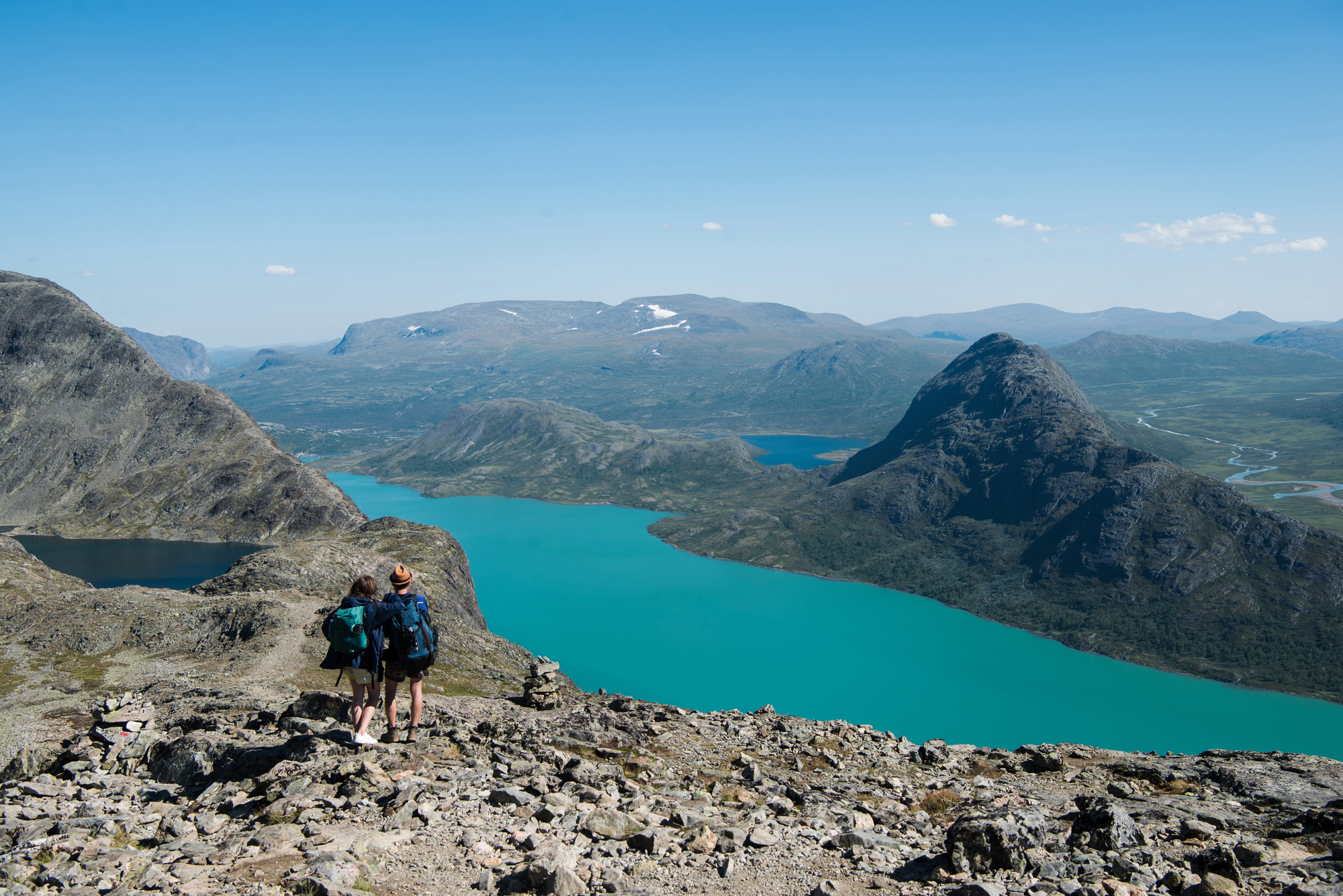
These strategies help transform potentially frustrating national park visits into transcendent experiences by navigating common challenges while revealing deeper dimensions beyond postcard viewpoints. While parks experience increasing visitation pressures creating management challenges, thoughtful preparation still enables profound connections with these protected landscapes.
By implementing these approaches, you’ll experience our national parks as they deserve to be experienced, with minimal frustration and maximum appreciation for the extraordinary natural and cultural heritage these unique places preserve for future generations.
More from Travel Pug

- Cities Growing so Fast You Won’t Recognize Them in 10 Years
- 13 Destinations Where Tourists Regularly Regret Their Trip
- 16 U.S. Cities That Are Quietly Becoming Travel Hotspots
- Where to Travel If You Love Long Bus Rides and Daydreams
- 20 Cities Perfect for Solo Travelers Who Crave Adventure & Culture
Like Travel Pug’s content? Follow us on MSN.
